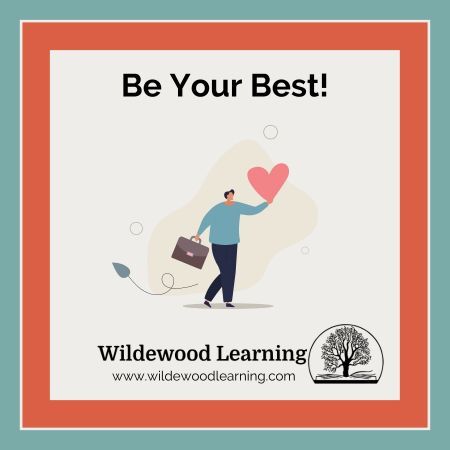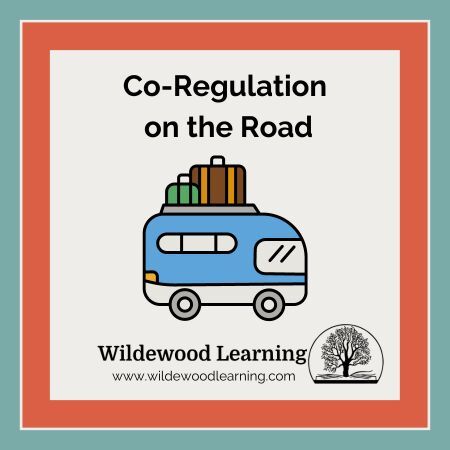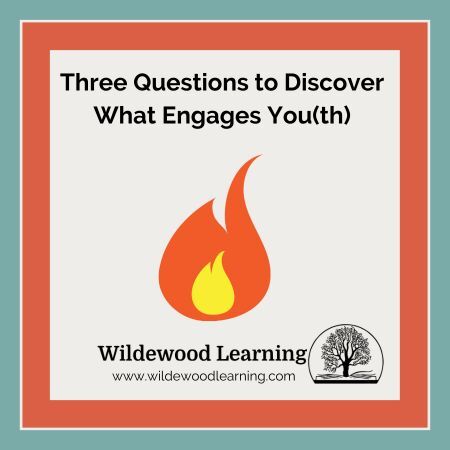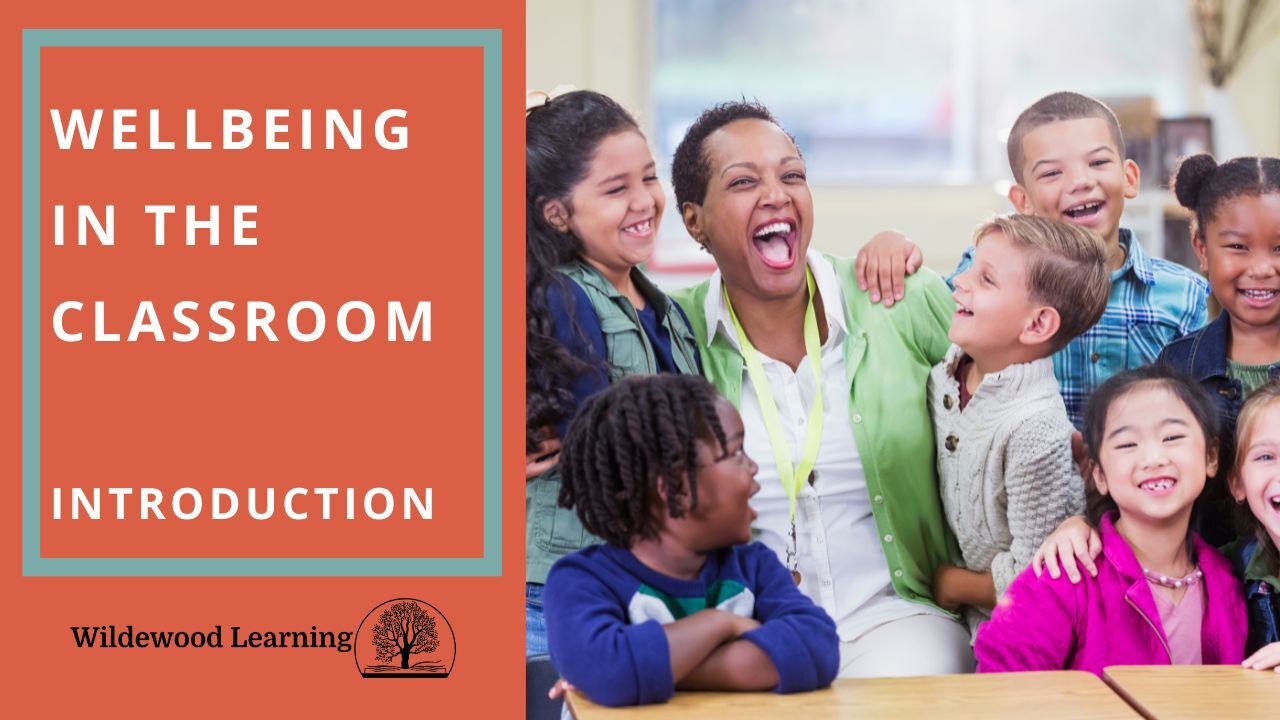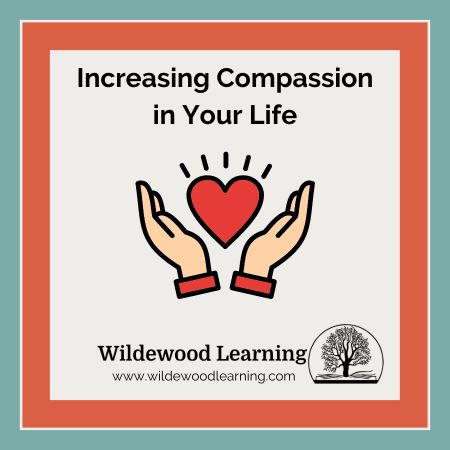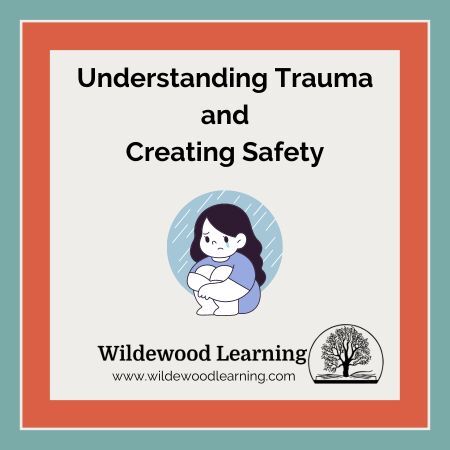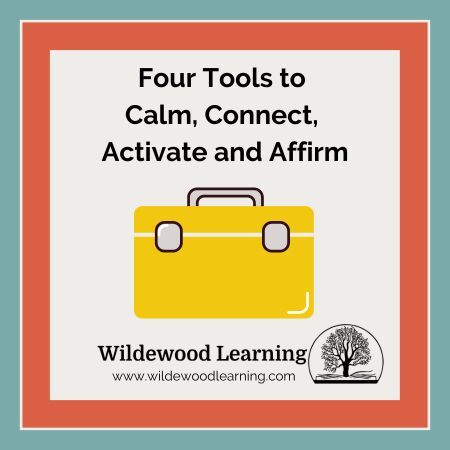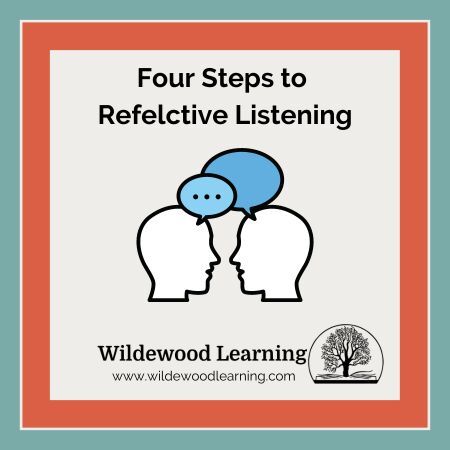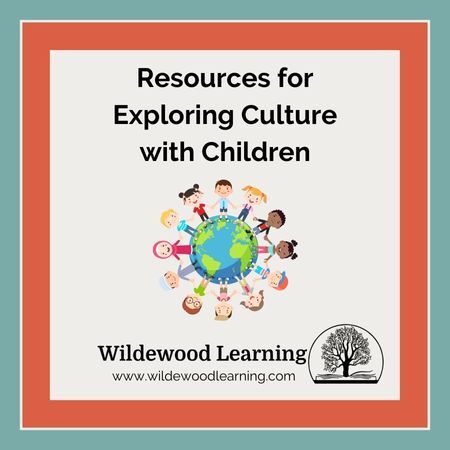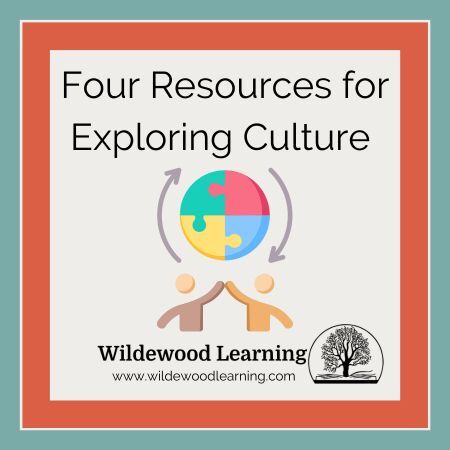Be Your Best
“Your best is going to change from moment to moment, it will be different when you are healthy as opposed to sick. Under any circumstances, simply do your best, and you will avoid self-judgment, self-abuse and regret.”
Don Miguel Ruiz, The Four Agreements
Have you ever thought about what being your best truly means for you?
The Four Agreements is one of the most eye-opening, influential books I have read. Although the four statements in the book sound easy to follow, they are not. The Four Agreements are:
- Be Impeccable with Your Word
- Don’t Take Anything Personally
- Don’t Make Assumptions and
- Always Do Your Best.
I want to focus on “Always Do Your Best.” It’s the agreement that helps to integrate the other three. Always Do Your Best is about letting go of judgment and recognizing that life is constantly changing. My “best” in the morning differs from my “best” in the afternoon. Don Miguel describes emotional intelligence and agility in this agreement.
Emotional intelligence, a crucial skill in today’s world, equips us with the tools to navigate life’s challenges with self-awareness and agility. As researcher Susan David explains, emotional agility empowers us to manage complex emotions, make choices aligned with our values, and lead a more authentic and fulfilling life. The benefits of emotional intelligence extend beyond personal well-being, positively influencing our professional success and the work environment.
Burnout and stress in the workplace are at a high level. In 2023, 65% of all employees reported feeling burned out. Healthcare, emergency services, social work, and education professionals have some of the highest burnout rates. I am not surprised. The daily stresses and workload on people in the helping professions doesn’t provide a healthy or safe environment for the youth, children, and clients being served by the organization.
Emotional intelligence skills are not just a nice-to-have; they are a necessity for 21st-century workplaces and the key to creating a healthier, more supportive work environment. Adults need to develop the skills of recognizing and embracing strong emotions, feelings, thoughts, and needs. This will allow employees to gain insights into handling situations beyond their control and develop a mindset that will empower them. We need leaders who model emotional intelligence from a place of compassion and self-awareness, fostering a culture of understanding and support.
Emotionally Intelligent Leaders
When someone leads an organization with emotional intelligence, people recognize the shift in being their best. Being their best doesn’t translate to doing more! Being your best translates to recognizing your emotional and physical state in the moment, creating a pause, and then choosing to serve you and the others around you the best you can in that moment. An emotionally intelligent leader understands themselves and then passes that understanding to their staff. The staff then serves their clients or students, being their best and recognizing that the people they serve are also being their best. We are all just being our best selves with the skills and strategies available to us.
Emotional intelligence training can make a real difference in your organization. A social service agency director wanted to support her staff in growing their emotional intelligence. We worked together to develop training that helped the staff recognize their strengths and the strengths of their co-workers, gain a better understanding of trauma-informed communities, and implement small, doable practices to increase optimism within the organization. These trainings have not only supported the staff in collaboration across departments but also helped them better serve their clients with compassion. The results speak for themselves.
I am trained in emotional agility through Susan David’s organization. If you are interested in bringing the skills and strategies of emotional agility to your organization, reach out to collaborate with me on bringing these skills to your organization. You can connect with me here: https://wildewoodlearning.com/connect/

